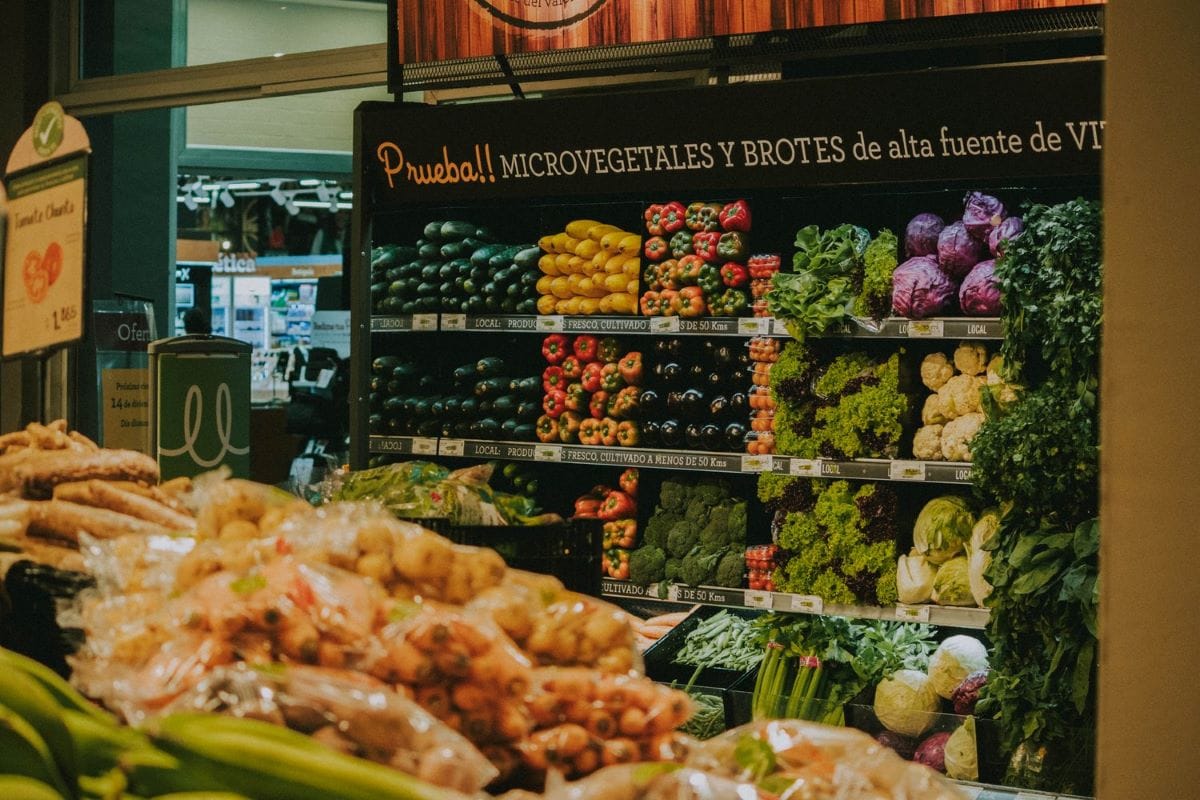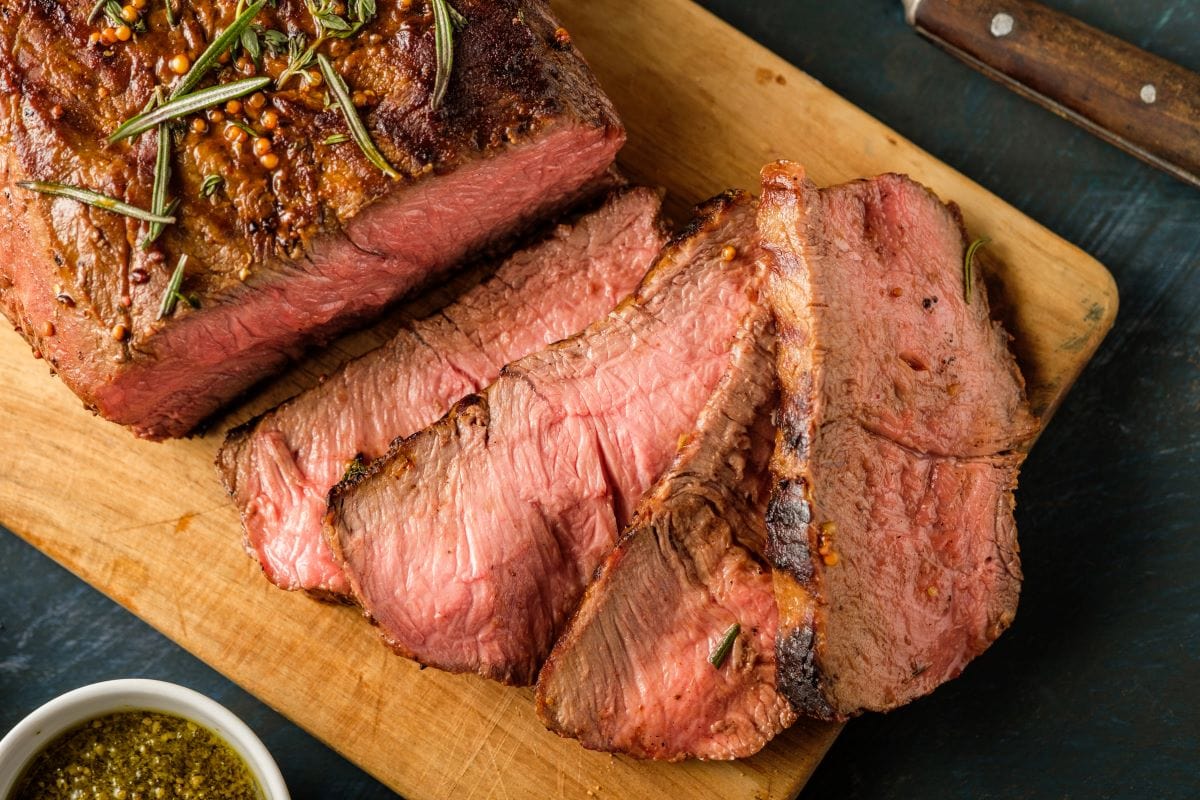This post may contain affiliate links which means I will get a commission if you make a purchase at no additional cost to you. As an Amazon Associate I earn from qualifying purchases. Please read my disclosure for details.
In the ever-evolving landscape of retail, certain establishments have etched themselves into the collective memory of generations. For Baby Boomers, these grocery chains were more than mere shopping destinations, they were integral threads in the fabric of daily life.
Conversely, for Generation Z, these names might evoke little more than a fleeting curiosity, relics of a bygone era. As we journey through the annals of retail history, we uncover the stories of eleven grocery chains that once stood as pillars of their communities but have since faded into obscurity.
A&P (The Great Atlantic & Pacific Tea Company)

WANT TO SAVE THIS RECIPE?
Established in 1859, A&P revolutionized the grocery industry, becoming the world’s largest retailer by the 1930s, with its peak in the 1950s and over 15,000 stores. Its pioneering self-service model set the standard for modern supermarkets.
Alpha Beta

Originating in California in 1914, Alpha Beta introduced an innovative alphabetical product arrangement, simplifying the shopping experience. At its zenith, the chain boasted over 250 locations. However, mergers and intense competition led to its eventual dissolution, and some stores were rebranded under Ralphs and other chains before fully vanishing.
National Supermarkets

Founded as the National Tea Company in 1899, this chain expanded rapidly, operating up to 1,200 stores across the Midwest at its peak. Known for its quality products and community presence, National Supermarkets couldn’t keep pace with industry giants, leading to its closure in the late 1990s.
Weingarten’s

A Houston-based chain established in the early 20th century, Weingarten’s was among the first to adopt self-service shopping. At its peak, it operated 70 stores across Texas. The company was sold in 1980, and its stores were eventually absorbed by other retailers, marking the end of its independent operations.
Jitney Jungle

Established in Mississippi in 1919, Jitney Jungle grew into a prominent Southern grocery chain. Its unique name and customer-centric approach garnered loyalty, but it was acquired by Winn-Dixie in 2000, and some locations continued to operate under different branding for a few years, which led to the phasing out of the brand.
Eagle Food Centers

A Midwestern favorite, Eagle Food Centers operated primarily in Illinois and Iowa. Known for its friendly service and quality products, the chain couldn’t withstand the pressures of larger competitors, leading to its closure in 2003.
Related Post: 10 Southern Restaurants That Turn Every Dance Day Into A Flavor Celebration
Marsh Supermarkets

Founded in Indiana in 1931, Marsh Supermarkets became a regional powerhouse with over 100 stores. Despite its strong community ties, financial struggles led to bankruptcy and the closure of all stores by 2017.
Related Post: 12 Restaurants Moms Across America Secretly Hope You’ll Take Them To This Mother’s Day
Pathmark

A significant player in the Northeast, Pathmark was known for its wide aisles and extensive product range. After being acquired by A&P, the brand suffered from the parent company’s financial woes, leading to its disappearance following A&P’s bankruptcy in 2015, but some locations briefly reopened under different ownership before closing permanently.
Related Post: 12 Fast Food Chains That Started In Florida And You Probably Didn’t Know It
Red Owl

Starting in Minnesota in the 1920s, Red Owl expanded throughout the Midwest, recognized by its distinctive red signage. The chain was eventually sold and rebranded, with the last stores closing in the 1980s.
Related Post: 10 Hidden Gems In Illinois That Foodies Can’t Stop Talking About
Dominick’s Finer Foods

Established in 1918 by Dominick DiMatteo in Chicago, Dominick’s Finer Foods grew from a single deli into a prominent grocery chain in the metropolitan area. Known for its commitment to customer service and innovation, the chain introduced various store concepts over the decades, including the “Fresh Store” format in the 1990s, which featured prepared foods and in-store dining experiences.
Related Post: 10 Neighborhood Grocery Stores In Ohio That Locals Refuse To Let Die
Food Barn

Food Barn was a regional grocery chain that operated primarily in the Midwest, with a significant presence in Kansas and Missouri. Known for its no-frills, warehouse-style shopping experience, Food Barn catered to budget-conscious consumers seeking value without sacrificing quality. The chain offered a wide selection of grocery items, including fresh produce, meats, and pantry staples, often at discounted prices.
Related Post: 10 Reasons Home-Cooked Meals Aren’t Always Better
Sign up now to receive our exclusive e-cookbook filled with top-rated recipes for FREE!
The histories of these grocery chains reflect the dynamic nature of the retail industry, where adaptability and strategic decisions determine longevity. While some details in the original article require correction, the overarching narrative of these once-prominent chains fading from the retail landscape remains accurate. Understanding the precise timelines and transitions of these businesses offers valuable insights into the evolution of the grocery sector.
Disclaimer: This list is solely the author’s opinion based on research and publicly available information.
12 Florida Grocery Stores With Shockingly Low Prices

In Florida, smart shoppers know exactly where to find the best bargains on groceries without sacrificing quality.
From local gems to surprising chains, these stores prove that low prices and great food can go hand in hand. Whether you are stocking up for a big event or just stretching your budget, these spots deliver more for every dollar. Get ready to fill your cart without emptying your wallet.
Read it here: 12 Florida Grocery Stores With Shockingly Low Prices
How to Save $100+ Every Month at the Grocery Store

From planning your meals to avoiding sneaky upcharges in the snack aisle, here’s a realistic guide to trimming your food budget without adding stress to your week.
Read it here: Things Moms Waste Money On (and Don’t Even Know It)
Is Walmart+ Still Worth It in 2025? The Truth After 3 Years

Is the new Walmart Plus worth the annual fee or is it just another failed version of Amazon Prime? I spent my own money trying this service out for 12 months and counting. I have a lot to say about the benefits and drawbacks in this Walmart+ honest review.
Read it here: Is Walmart+ Worth It? Honest Review 3 Years Later!
